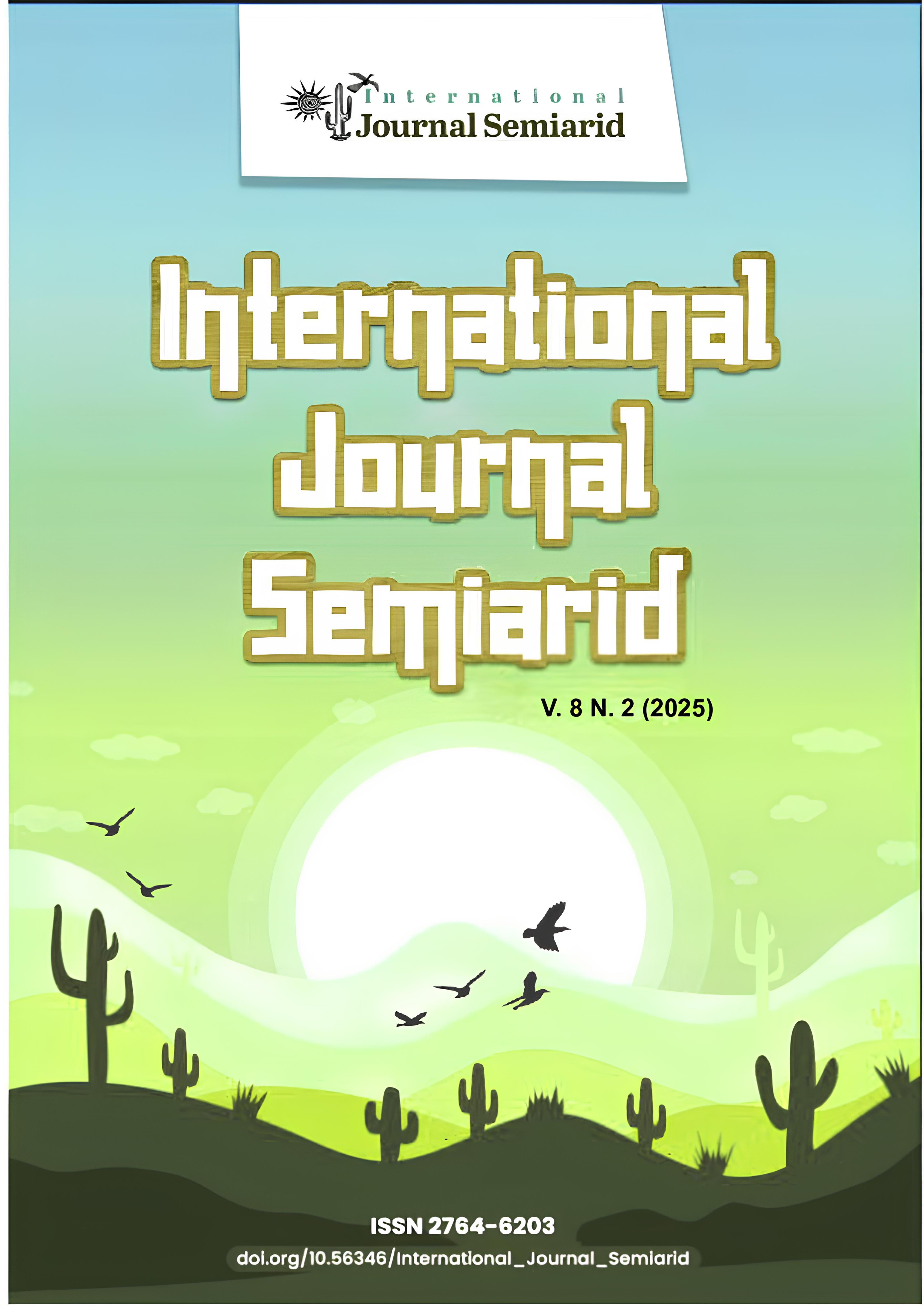GEOGRAPHICAL CONTRIBUTION TO THE KNOWLEDGE OF SACRED SPACES IN THE LOCAL TRADITIONAL COMMUNITY OF CHUPANGA (2007-2015)
DOI:
https://doi.org/10.56346/ijsa.v8i2.335Keywords:
Espaços Sagrados, Chupanga, MoçambiqueAbstract
Abstract
The Geographical Contribution to the Knowledge of Sacred Spaces in the Local Traditional Community of Chupanga (2007-2015) is a sociocultural approach aimed at recovering the importance of Sacred Spaces in Communities in Mozambique. The motivation for conducting this study is justified by the fact that in this locality, most of the population is unaware of the value and possible meanings of Sacred Spaces, which are seen as both landscapes and spaces of their own lives, where the “lived experience” takes on different specifications based on individual experiences and social representations. The methodology of symbolic interactionism, primarily articulated through an ethnographic approach, allowed us to understand, along with the affected populations, the knowledge of the local culture. Therefore, the customary practices of the local traditional communities in Chupanga do not align with these spaces, instead valuing the historical-cultural heritage of their diverse communities. For this reason, Chupanga, as an entity of the established government, requires an organization and management of its historical-archaeological documentation, photo-videographic records, oral history recordings, etc., aiming not only at legal use but, more importantly, at educational and academic research use. This would elevate the traditional historical-cultural knowledge and the scientific knowledge of the district and country, generating a protected heritage legacy for future generations. Actions related to the conservation and preservation of Chupanga's Sacred Spaces directly and indirectly lead us to formulate plans and projects focused on ecological and heritage education, aimed at schools and the wider community. These actions involve socio-ecological aspects, protected landscapes, and sustainable rural development, considering the multifunctionality of its landscapes.
Keywords: Sacred Spaces, Chupanga, Mozambique
References
REFERÊNCIAS
COLLINGWOOD, R.G. A Ideia da História. 9a ed., Lisboa: Presença, 2001.
FRANCISCA MAGALHÃES, depoimento da rainha da localidade (entrevista, 2020)
FRESÁN, Pe. G. História da Missão de Chupanga.1 ed., Cidade, Marromeu, editora. 2008
MAIA, A. A Saúde e Doença na Cultura Nyungwe: um olhar antropológico - teológico. 2010. 193 f. Dissertação (Mestrado em Teologia Sistemática com concentração em Dogma) - Pontifícia Universidade Católica de São Paulo, são Paulo, 2010.
MOÇAMBIQUE. Decreto Lei no 10/88 de 22 de dezembro de 1988. Determina a proteção dos bens materiais e imateriais do património cultural moçambicano. Maputo, 1988.
NOTICE, J. Sistemas socioeconómicos, resiliência e as comunidades locais de Cateme: os impactos da mineração do carvão em Moatize, Moçambique, no período de 2010-2014 / Rio Claro, 2017
REPARTIÇÃO DA DIRECÇÃO PROVINCIAL DE EDUCAÇÃO E CULTURA, (RDPEC), Relatório Anual, 2013
SERVIÇOS DISTRITAIS DE EDUCAÇÃO, JUVENTUDE E TECNOLOGIA DE MARROMEU, (SDEJTM), Relatório Anual, 2013
SIMBINE, M G. Z. Fatores antrópicos e a conservação da floresta Sagrada de Chiridzane, Gaza Moçambique, Universidade Porto, Porto, 2013.
SOTRATTI, M.A., e MARAFON, G.J. A pesquisa qualitativa nos estudos do património cultural em espaços rurais: desafios e possibilidades. Rio de Janeiro: EDUERJ, pp. 191-206 2013.
TUAN, Y-F. Topofilia: um estudo da perceção, atitudes e valores do meio ambiente. São Paulo: DIFEL, 1980.


